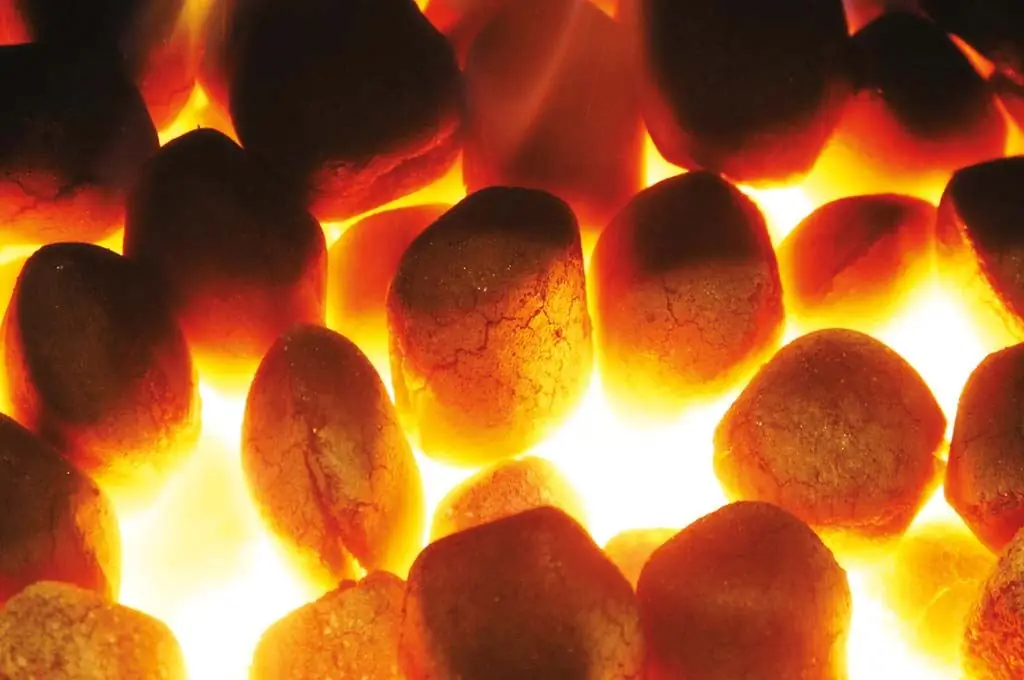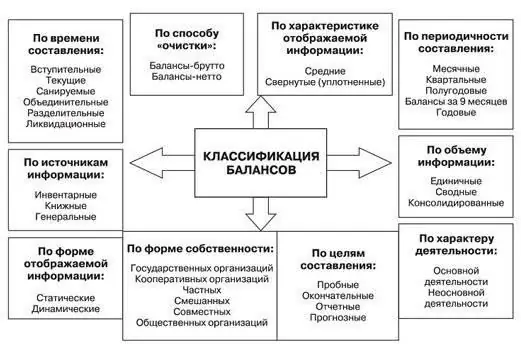2026 Author: Howard Calhoun | [email protected]. Last modified: 2025-01-24 13:10:26
The well-being and prosperity of human civilization depend on the availability of sufficient energy resources. The search for alternative fuels seems to be the most logical way forward. However, taking into account the vague prospects of non-traditional energy sources, the issue of rational consumption of available natural resources is of particular importance. Every country faces this challenge.
General concept
The fuel and energy balance is one of the most acute problems of the modern world. The growth of the world's population and the development of industrial technologies are causing a rapid increase in the consumption of minerals. The non-renewability of natural resources and their limited supply give cause for concern. The energy balance is the ratio of production and consumption of such fuels as oil, coal,gas, peat, oil shale and firewood.
During the 20th century, the consumption of these resources increased by about 15 times. According to researchers, the total consumption of thermal energy over the past few decades has exceeded its volume used by mankind over the entire previous period of history. The development of science and technology has changed the balance structure. Progress in industry has led to a sharp increase in the development of new mineral deposits, as well as the emergence of unconventional fuels.

Structure
Currently, the share of oil in the total consumption of thermal energy in the world is 40%. A less important role is played by coal, which provides 27% of the needs of human civilization in fuel. The share of natural gas does not exceed 23%. The smallest elements of the energy balance are solar, wind and nuclear energy. Their share is only 10% of the total volume of fuel consumption in the world.
The structure of the energy mix varies from country to country. The reason for the heterogeneity of the global picture lies in the peculiarities of the geographical location and the level of industrial development of states. In the second half of the 20th century, the share of oil in the energy balance grew rapidly. At the end of the century, in highly industrialized countries, the ratio changed in favor of natural gas and coal.

Unconventional sources
Uneven distribution of hydrocarbon deposits on the globeforced many states to look for alternative ways to meet their needs for energy resources. This task is associated with certain difficulties. The possibility of using solar energy largely depends on the geographic location. Nuclear power plants pose a serious danger to the population and the environment. Accidents at such facilities lead to catastrophic consequences.
Energy balance in Russia
In the Russian Federation, due to climatic features, there is a need for high fuel consumption to provide heat in the winter. The structure of the energy balance is dominated by natural gas. Its share is 55%. Oil is in second place. Despite the fact that Russia is one of the world's largest suppliers of "black gold", the share of this type of fuel in the country's energy balance is only 21%. In third place is coal, which provides 17% of the total heat generation. Hydroelectric power plants and nuclear energy are not of strategic importance for the country's economy. They make a minimal contribution, not exceeding a few percent.

Efficiency
It is worth noting the gradual change in the energy balance in the process of transforming the economy. In the second half of the 20th century, the dominant role belonged to coal and oil. At the beginning of the new millennium, the leading place went to natural gas. According to researchers, its consumption in Russia is not efficient enough. Useful coefficientof electricity generation by natural gas turbines is about 30%. The reason for this low rate is due to outdated equipment that needs to be upgraded.

Other countries
The global energy balance is characterized by extreme unevenness in fuel consumption in different parts of the globe. The leaders in the consumption of fuel resources are such countries as the USA, China and Russia. They use about 40% of the energy generated worldwide. The high level of fuel costs falls on the share of countries located in northern latitudes.
During the last century, the number of available energy sources has increased from two to six. An interesting pattern is that at present none of them has lost its strategic importance in the global economy. Long-known sources of energy have moved into the category of traditional ones, but continue to occupy an important place in the structure of the fuel balance. Analytical forecasts do not consider the possibility of their complete exclusion from the number of resources that serve as the basis of the economy. The forecasts refer only to changes in the future share of traditional energy sources in the structure of consumption. Many analysts are of the opinion that natural resources such as coal and gas will remain in the lead in the coming decades.

Nuclear power plants
Some countries have decided to prioritize the development of nuclear power. Examples include France and Japan. They achieved a significant change in the structure of the energy balance of their states. France and Japan have managed to significantly reduce the role of oil. The replacement of hydrocarbons by nuclear energy has had a beneficial effect on the ecological situation. However, the presence of nuclear power plants created a potential danger, the reality of which the people of Japan were convinced after the disaster in Fukushima.

Prospects
The estimated depletion of the world's energy reserves is often the subject of heated debate. Pessimistic forecasts about the imminent onset of a global shortage of fossil fuels are based on an indisputable fact - the non-renewability of natural resources. According to experts, while maintaining the current volume of oil production, the reserves of "black gold" on the planet can be exhausted within the next 30-50 years. The situation is aggravated by the fact that hydrocarbon companies prefer to invest their profits in projects with a quick payback, rather than spending it on financing exploration.
Information about the world's natural gas reserves gives some reason for optimism. According to experts, the explored deposits of this energy carrier should be enough for the next 50-70 years. Russia stands out among other countries with its huge reserves of natural gas. Its deposits on the Yamal Peninsula are estimated by experts at 100 trillion m3.
Coal reserves are concentrated in China, USA and Russia. Its global reserves are15 trillion tons. However, only certain grades of coking coal are used for industrial purposes, which are mined in limited quantities.
Reserves of fossil fuels on the globe are great, but not endless. Future generations will have to find a permanent solution to the energy problem.
Recommended:
Fuel-free energy. Prospects for alternative energy in Russia

Modern energy is based mainly on hydrocarbon fuel, which is used in various forms and types in almost all sectors of the national economy around the world. In Russia, fuel materials are not just a source of energy, but also an export commodity on which the economic model of development depends. In many ways, this explains the tasks of the country's leadership, focusing on the development of alternative energy sources in order to reduce dependence on the traditional resource
Solid fuel is Types, characteristics and production of solid fuel

Non-fossil solid fuel based on wood and industrial waste - affordable and efficient fuel. The modern market offers a wide range of solid fuels, differing in efficiency and characteristics
Organizational structure of Russian Railways. Scheme of the management structure of Russian Railways. Structure of Russian Railways and its divisions

The structure of Russian Railways, in addition to the management apparatus, includes various dependent divisions, representative offices in other countries, as well as branches and subsidiaries. The head office of the company is located at: Moscow, st. New Basmannaya d 2
Alternative energy sources in Belarus. Fuel and energy resources of Belarus

The problem of the growing shortage of energy resources is now reaching the level of the problem of climate change, and, as you know, the history of mankind is the history of the struggle for energy resources. A similar situation is observed in the 21st century (for example, wars in the Middle East for oil)
Balance: types of balance. Types of balance sheet

The balance sheet is the most important accounting document of an institution. What is it, what are the rules for filling it out, types and classification

